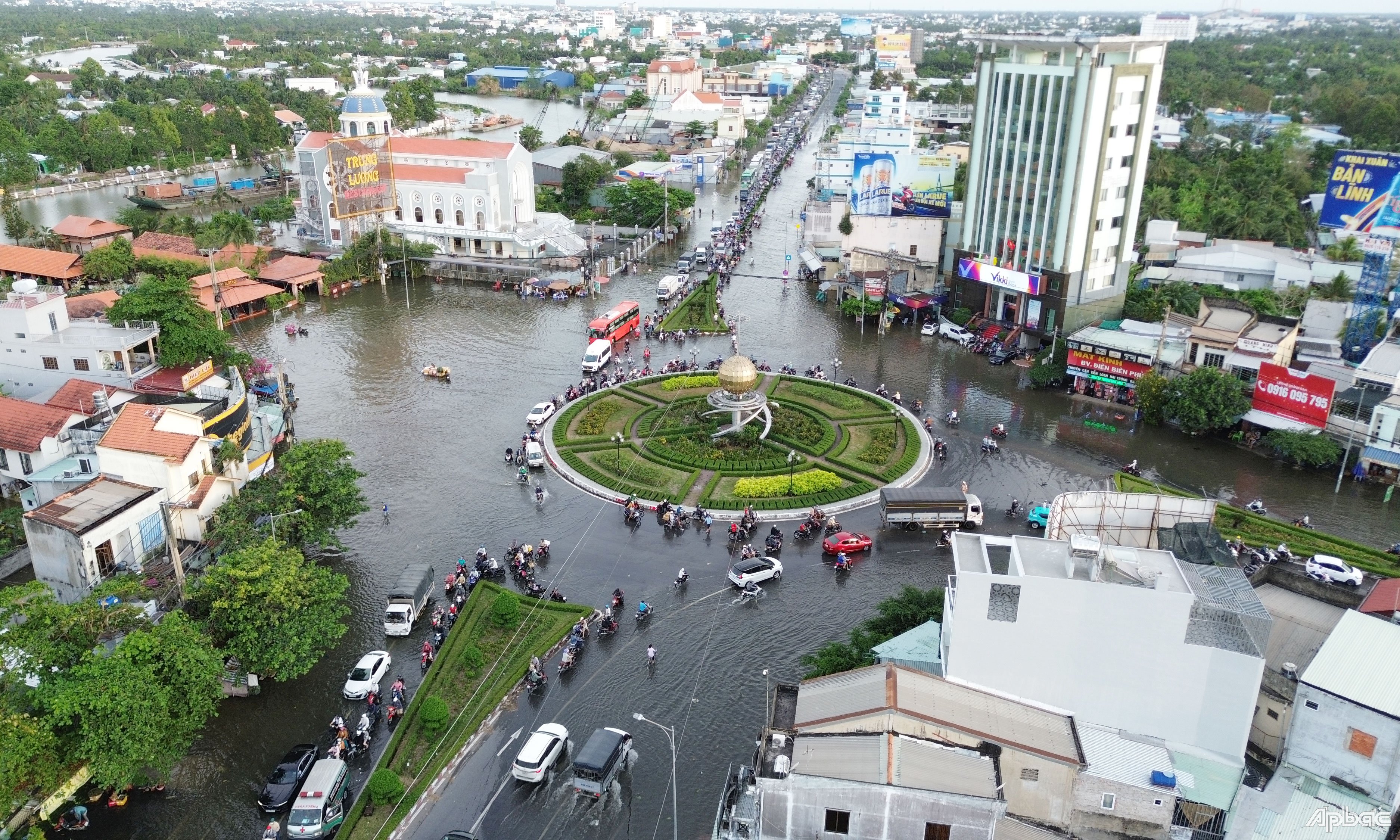
The entrance area is the most polluted place in the public park - Photo: EARTH
Researchers from Trinity College Dublin (Ireland) found the entrance area to be the most contaminated area in a public park, with the presence of infectious roundworm eggs.
Parasites found at park entrance
The study focused on Toxocara, a parasitic roundworm commonly found in dogs and cats. Their eggs are shed in animal feces and can accidentally infect humans. While many people infected with Toxocara have no symptoms, some can develop serious health problems, including eye infections.
Previous studies have shown that soil in parks can be contaminated with Toxocara eggs, but few studies have examined how contamination levels vary between areas within the park.
To investigate, scientists collected soil samples from 12 parks in Dublin. They examined specific areas, including entrances, playgrounds, the edges of sports fields and lawns where people often sit.
The results showed a clear trend. The park entrance was the most contaminated, followed by the playground area. Upon closer analysis, most of the eggs found were potentially infectious. The majority belonged to Toxocara canis, a roundworm commonly found in dogs.
The findings have important public health implications. The researchers say more precautions are needed, especially at entrances to parks and playgrounds.
"Park entrances have the highest concentration of Toxocara eggs, and most of them may come from dogs. Placing signs, trash cans, and providing facilities for people to clean up dog feces in these areas could reduce contamination. This is also the next step in the research," the experts said.
Children are most susceptible
Although most human infections go undetected, the parasite can cause serious illness in some cases. Children are most susceptible because they frequently play on the ground and tend to put dirty hands in their mouths.
Toxocara larvae can migrate in the body, causing visceral larva migrans syndrome, and even damage the eyes, leading to loss of vision.
The detection of worm eggs at park and playground entrances suggests that the risk of infection is highest in areas where families and pet owners congregate, and these are also areas where children and pets are most likely to come into contact with soil.
Cleaning up dog feces is a simple but effective way to reduce the number of roundworm eggs that enter the soil. Even if dog feces are not left near the entrance, rain and footfall can spread contamination throughout the park.
If you frequent parks, wash your hands after leaving, especially before eating or touching your face. If you have young children, make sure they do the same.
In addition, children should be discouraged from digging or rolling in the grass near park entrances and playgrounds, where the risk of infection is higher.
Community engagement, from responsible pet ownership to smarter park design, will play a key role in keeping public spaces safe and healthy for everyone.
The full study was published in the journal PLOS Neglected Tropical Diseases.
Source: https://tuoitre.vn/cong-vien-co-the-lam-lay-benh-nhiem-ky-sinh-trung-20250331221244742.htm


![[Photo] General Secretary To Lam receives Russian Ambassador to Vietnam](https://vstatic.vietnam.vn/vietnam/resource/IMAGE/2025/4/2/b486192404d54058b15165174ea36c4e)
![[Photo] Third meeting of the Organizing Subcommittee serving the 14th National Party Congress](https://vstatic.vietnam.vn/vietnam/resource/IMAGE/2025/4/2/3f342a185e714df58aad8c0fc08e4af2)


















![[Photo] Relatives of victims of the earthquake in Myanmar were moved and grateful to the rescue team of the Vietnamese Ministry of National Defense.](https://vstatic.vietnam.vn/vietnam/resource/IMAGE/2025/4/2/aa6a37e9b59543dfb0ddc7f44162a7a7)




































































Comment (0)